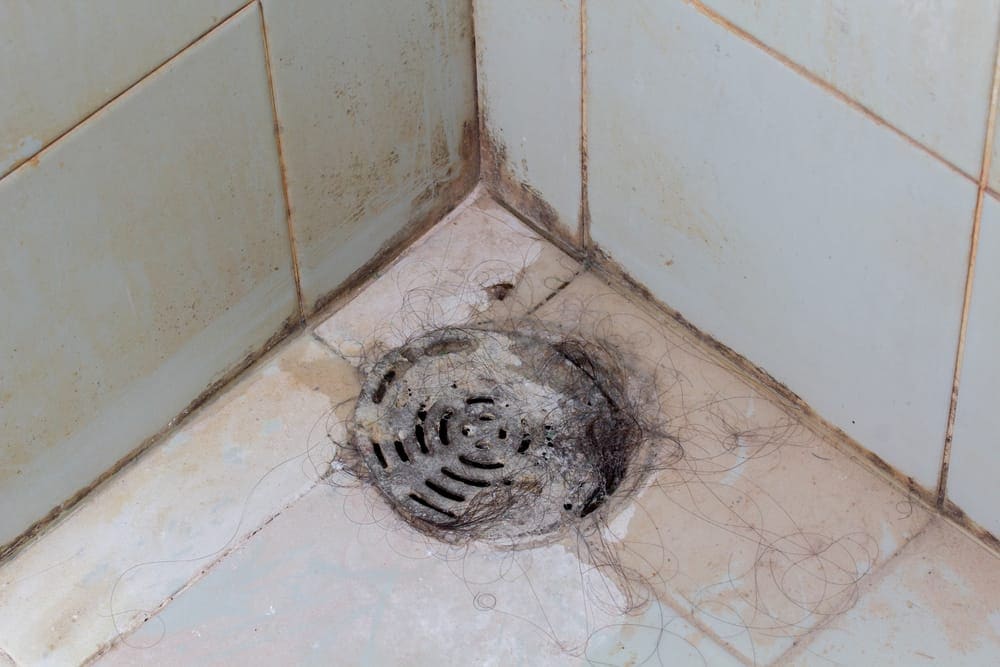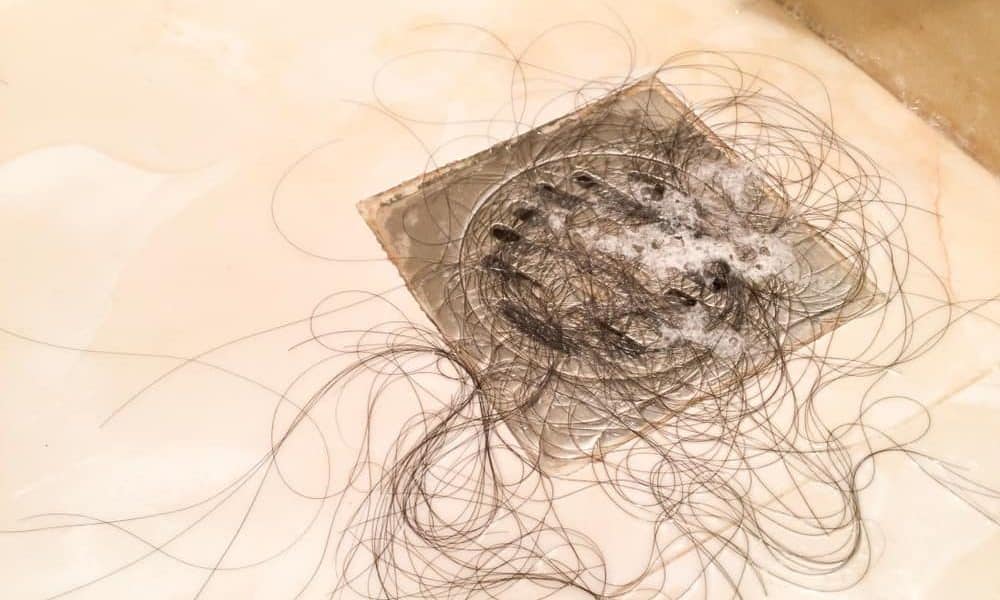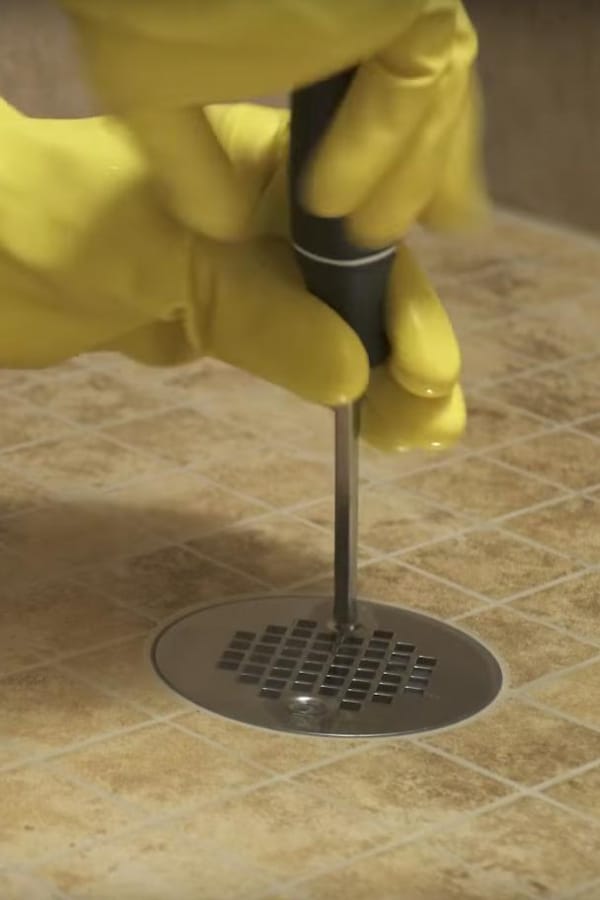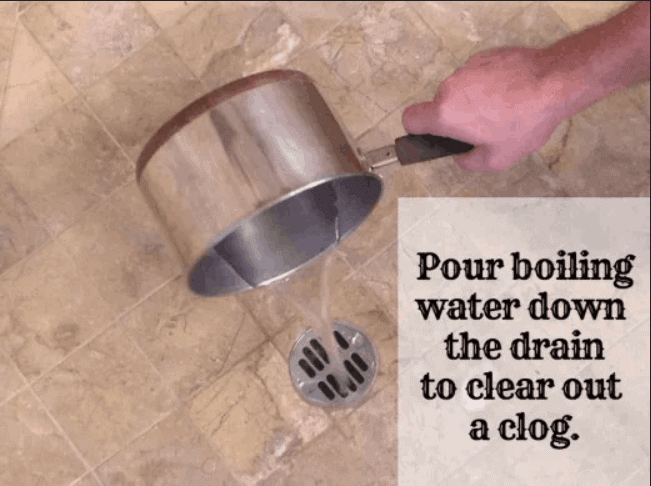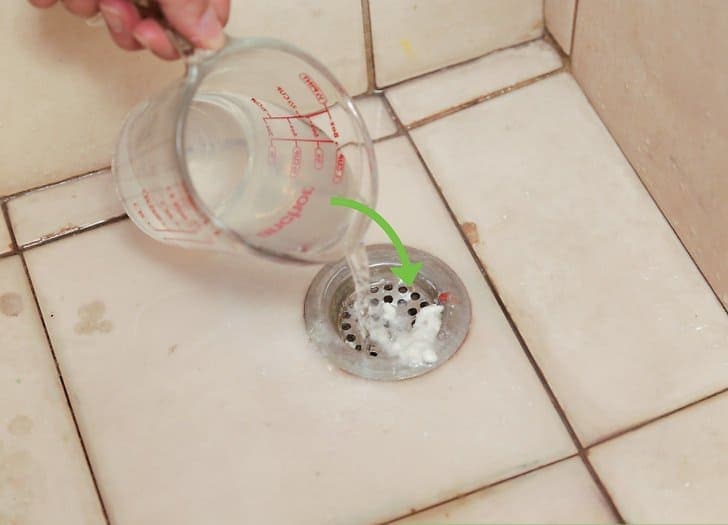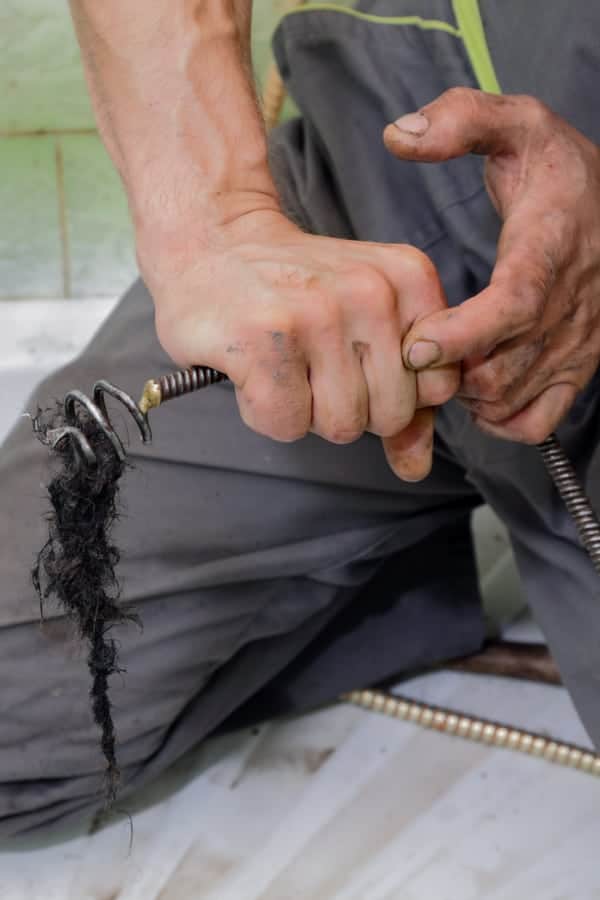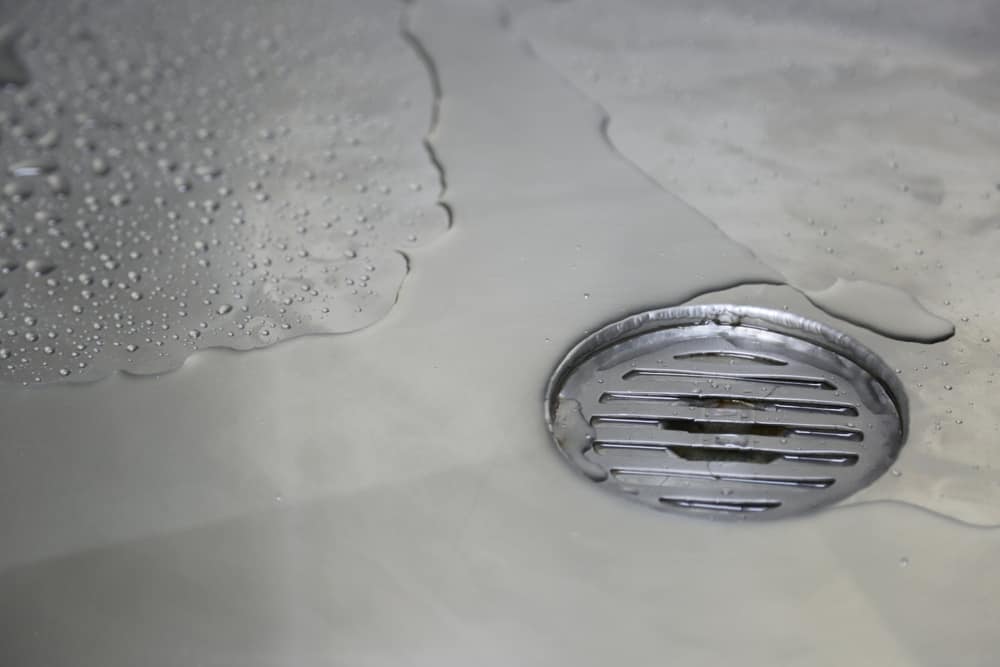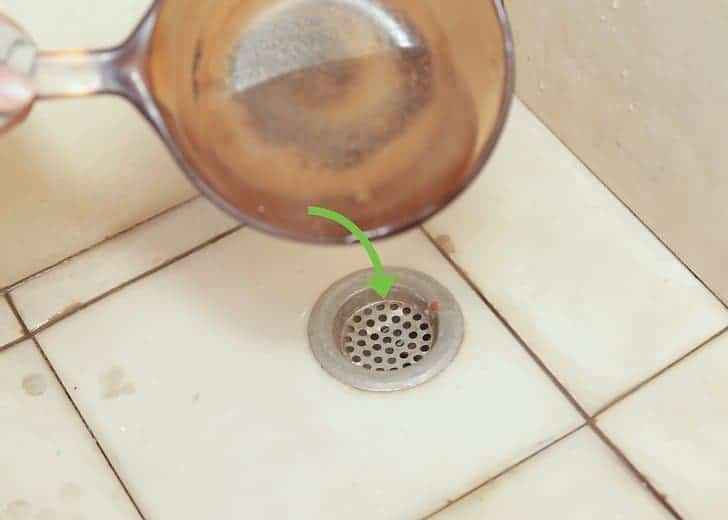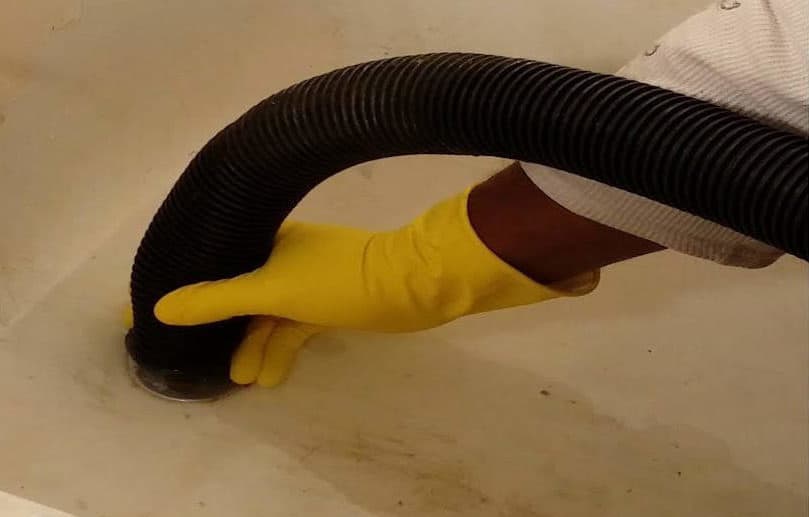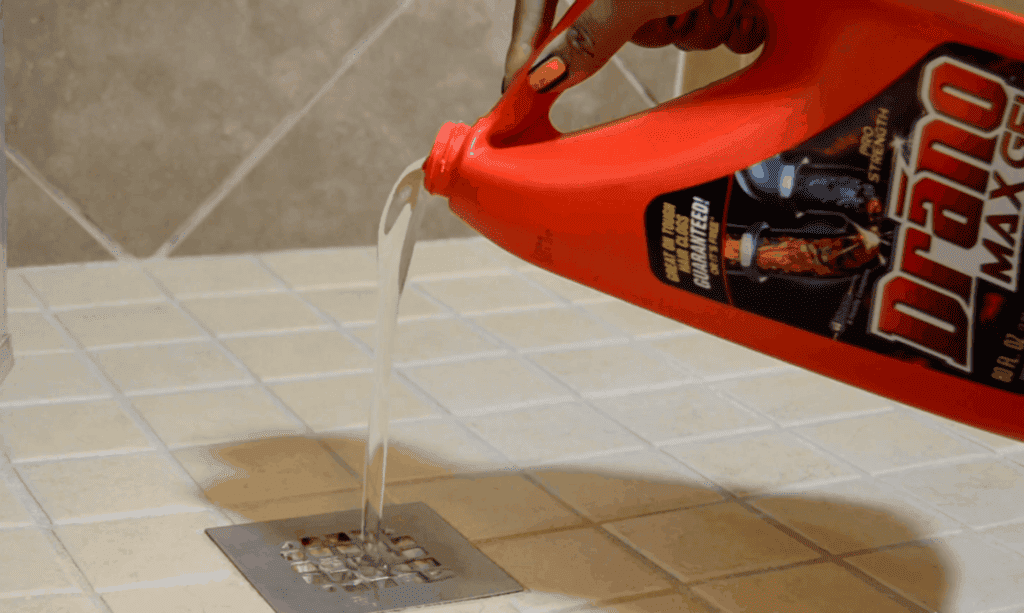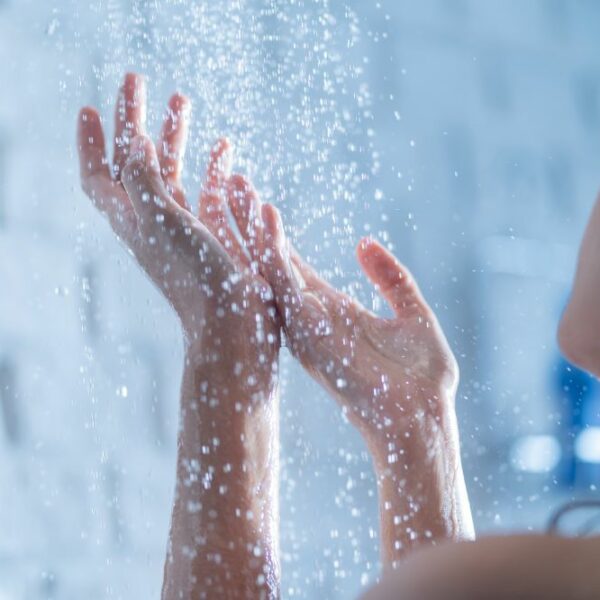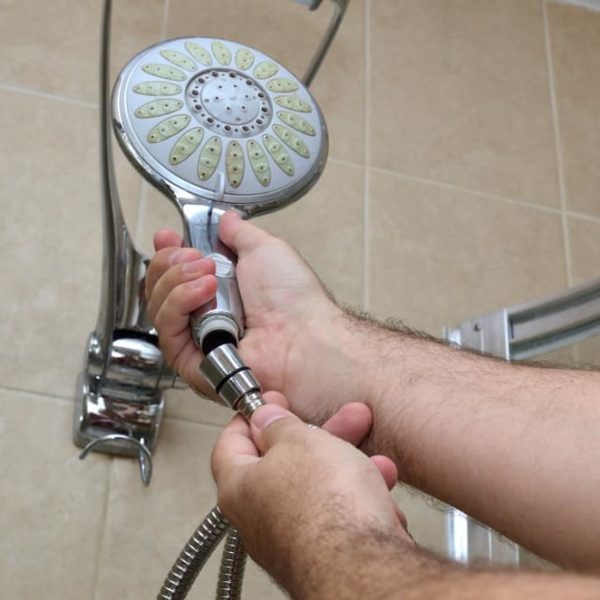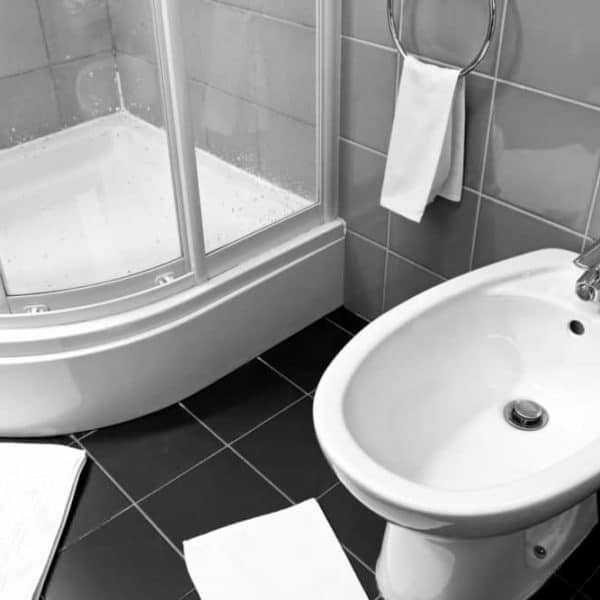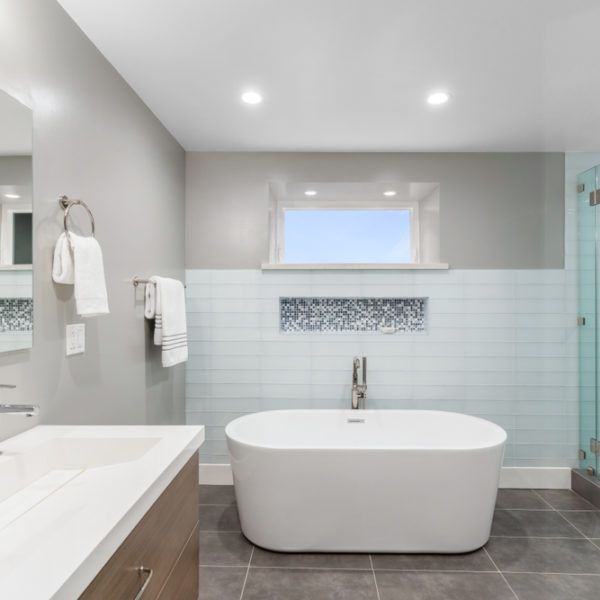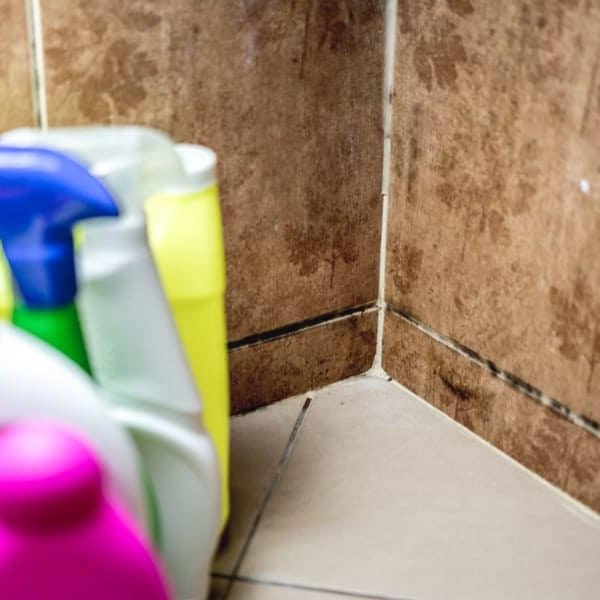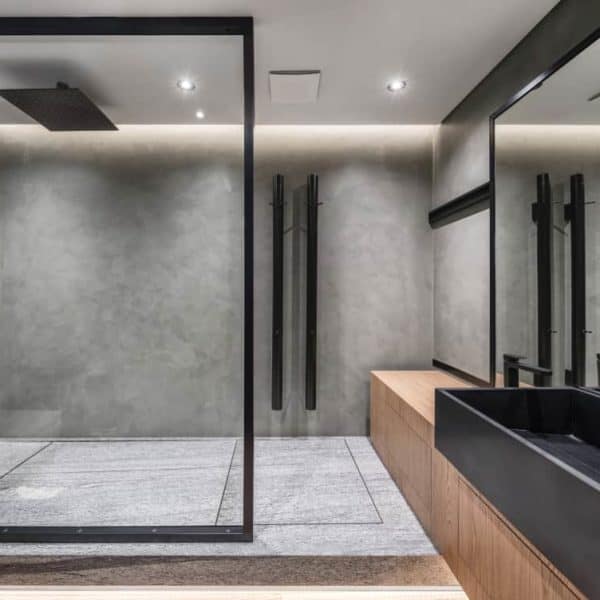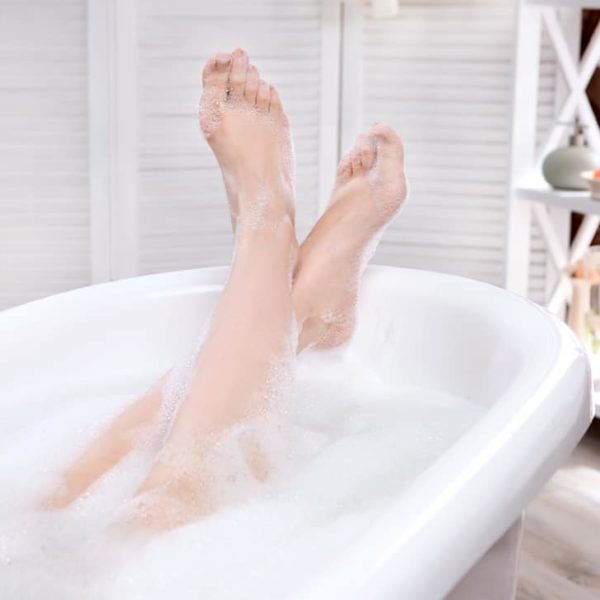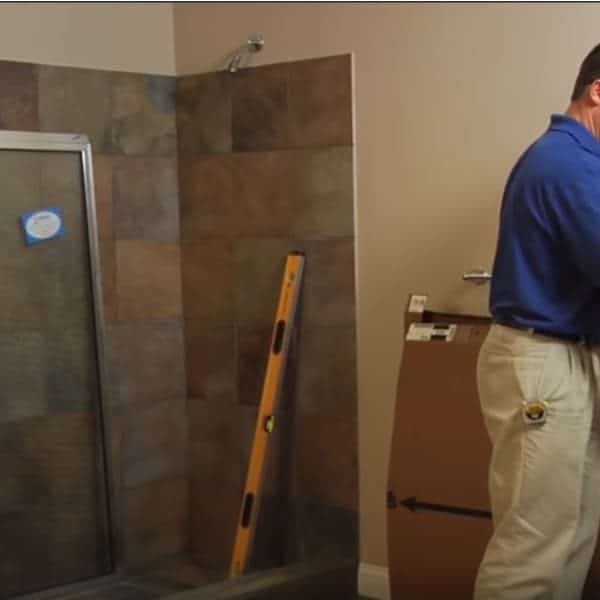There are a lot of things directly responsible for clogging the shower drain, including your hair, minerals from hard water, and your favorite soap.
Unfortunately, our hair, especially the long one, is the biggest issue. It wraps around particular parts of the drain, and it can be tricky pulling it out. On the other hand, there are plenty of ways to remove it, and I will show you the best options you have.
Causes of Clogged Shower Drains
Common causes of your troubles with clogged shower drains are:
- Soap – Talc, fats, and wax, which traditional soap contains, make hard residue in combination with hard water minerals. They are the primary cause of clogged shower drains.
- Hair – It usually wraps around other dirt, especially grease or waxes from the soap, and form clogs.
- Minerals – They are unavoidable elements of hard water. Minerals dissolved in water will build up and make insoluble masses blocking drains.
- Dirt – It is not a type of problem appearing right away. However, it builds up over time and sticks on the walls of your pipes.
- Tree roots – It sounds surprising, isn’t it? However, it is not such a rare situation. Tree roots may grow through small cracks in the underground pipes. Over time, they will grow larger and obstruct water flow.
Efficient Methods to Unclog a Shower Drain
Have you ever experienced that horrible moment when noticing that water can’t drain appropriately while taking a shower? If yes, you know what I am talking about, and I suppose that you hate that as much as I do. Let’s see how to clean the drains.
Method 1 – Your hands
Once your drains clog, you should wait for a few minutes to let the water drain slowly. Wear rubber gloves to protect your hands of ugly smell and wet dirt.
Then, remove the drain grille with a screwdriver. If it doesn’t have any screws, you can remove it by hand. If you notice a hair clog or small objects, pull them out if you can reach them.
Method 2 – Boiling water
Boiling water is an efficient method to unclog the drains full of soap scum and grease. Unfortunately, it is not a recommended choice for PVC pipes and those entirely clogged.
However, if the pipes in your house are made of metal and partially clogged, boiling water is an ideal and comfortable way to clean them. You can use it from time to time to prevent clogging as well.
Boil water in an electric kettle or on the stove and pour it down the drain. Use a funnel to avoid spilling. If you have to deal with full blockage of the drains, you should combine boiled water with other ingredients. Only that way, you will finish the job successfully.
Method 3 – Baking soda and white vinegar
I usually use white vinegar and baking soda to prevent clogging the drains. However, these ingredients are efficient even when shower drains are already clogged with hair.
- Baking soda – You need about half of a cup of baking soda. Pour it down the drain and wait for approximately ten minutes until you see bubbles. Use a shower head and pour hot water down the drain.
- Baking soda and vinegar – If the drain is fully clogged, using baking soda may not be enough. However, we have a trick for each situation. After pouring a half cup of baking soda into the drains, add the same amount of white vinegar right away.
Let all these bubbles and foam work for 30 to 60 minutes. In some cases, you may need to let it sit overnight. Then, flush the drains with hot water. Repeat the process if necessary. Take care not to use boiling water if your pipes are PVC.
Method 4 – A cup plunger
If water can’t flow through the shower drain, one of the simplest solutions is to use the old good cup plunger. Even our grandmothers solved drain problems with that simple rubber cup on a wooden handle.
Nowadays, you can find a plunger with an extra rubber ring on the bottom, which is highly helpful in bringing up dirt from the drains. The only situation when you should avoid this method is after using toxic chemicals. The risk of splashing, which can lead to the burning of your skin, is too high.
The process is quite simple. Moisten the outside of the drain or add petroleum jelly around the edge of the rubber cup to improve sealing. Cover the drain with the plunger and start pumping up and down.
After you pick up the plunger, it will pull out the dirt. Collect it and repeat the procedure if necessary. Turn on the water and wait to see if the drains are clear now.
Method 5 – Wire hanger
Believe it or not, a simple wire hanger can help you unclog your drains. Use pliers to unwind the hanger to straighten it, and create a 0.25 inches (6.3 mm) long hook at one end.
Don’t forget to wear rubber gloves to protect your hands from both the wire and dirt. Draw the wire into the drain, try to hook hair, and pull it out. If the hair clog sticks to the pipe, you may need to repeat the procedure once more. Don’t give up until withdrawing everything.
Grab a handheld showerhead and turn on the hot water to check if the drains are clean and unclogged. Unfortunately, if minerals are the reason for clogging, you can’t solve the problem with a wire hanger.
Method 6 – Drain snake (cable auger)
You can find this cheap, simple, and convenient device with a hook in a store. Depending on your needs, you should pick out different lengths. For home use, you will need cable about 25 to 100 feet (7.6 – 30.5 m) long.
Start by removing the drain grille. Then, draw cable down the drains. Turn the hand crank counter-clockwise and push the wire forward. You will know that you have reached the clog once you feel resistance.
When the cable latches onto the hair and dirt, you should turn the crank in a clockwise direction. That way, you will bring back the cable and pull up the clogs from the drains. Run hot water to check if the pipes are clear.
Method 7 – Enzyme (biological) cleaners
The fact is that the enzyme (biological) cleaners are highly effective. However, many people avoid them because they require time, and you need to wait for a while to see the first results.
I prefer this way because it is a natural and eco-friendly option for cleaning drains clogged by grease. Plus, there is no need for hard and dirty work. The principle is logical and straightforward and implies the usage of harmless bacteria and enzymes to clear pipes.
Keep in mind that chemicals with bleach destroy both bacteria and enzymes, making them less effective. Therefore, don’t use them simultaneously. Once you apply enzyme cleaners, you shouldn’t use a shower cabin for at least eight hours.
Method 8 – Caustic soda (Sodium hydroxide)
This compound is quite hazardous and causes horrible burns on the skin. Therefore, you shouldn’t use it without protecting your hands and eyes with rubber gloves and glasses.
However, caustic soda is highly efficient in unclogging drains. Add three cups of caustic soda to 0.75 gallons (2.8 l) of cold water. Wait until it starts heating up while you stir it with a wooden stick or spoon.
Pour the mixture into the drain and wait for 20 to 30 minutes before pouring boiling water. Repeat the procedure if necessary.
Method 9 – Wet/dry vacuum
Some users claim that they have unclogged the drains with wet/dry shop vacuum successfully. You can try that method after setting it for vacuuming liquids.
Place the hose over the drain grille and turn the device on. If you turn on the vacuum to the highest setting, hard suction may pull on the hair and small objects from the shower drain.
Method 10 – Chemicals
Unfortunately, if you can’t unclog your drain on any environment-friendly way, you should look for chemicals. Go to the supermarket and purchase the brand specially designed to unblock drains.
Be very careful and follow the instructions to protect yourself. Always wear gloves and avoid using too much of the liquid. Never mix different chemicals to prevent the production of poisonous gases.
Determine the necessary amount of chemicals and pour them down the drain. The appropriate dosage is crucial. If you add an insufficient amount, you will need to repeat the procedure.
However, if you use them repeatedly, chemicals will probably cause damage to the pipes over time. Although these products are cheap at first glance, damaging the drainage pipes can cost you much money in the end.
Method 11 – Call a plumber
Believe it or not, calling a professional may cost you less money in some situations. Also, if you tried every natural method available and don’t want to use chemicals, give the plumber a call. Not to mention circumstances when even chemicals can’t solve your problem.
